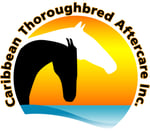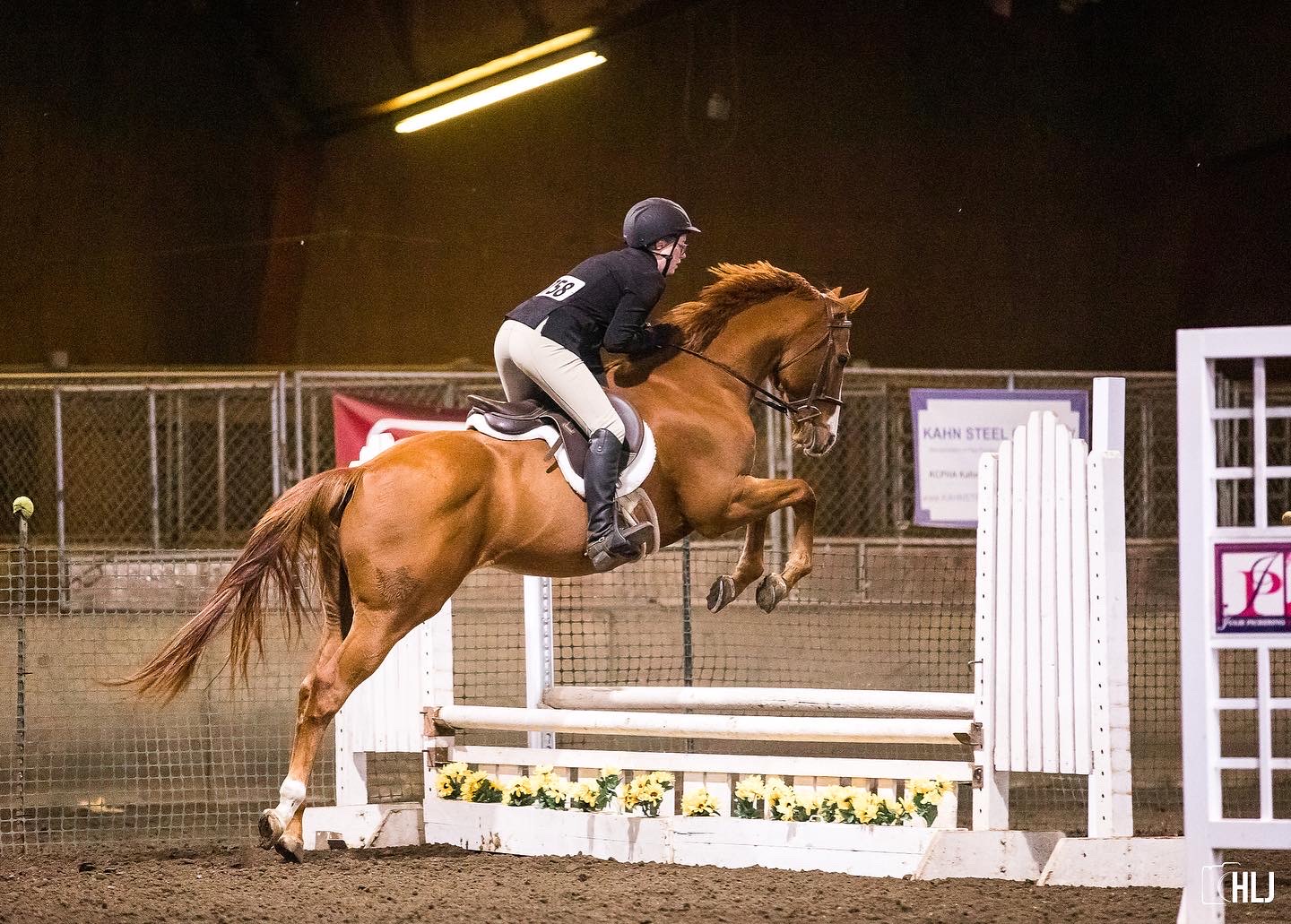What New Adopters Need To Consider Before Adopting
This article is courtesy of Myrighthorse.org and horse illustrated magazine. You can find the original article here.
Congratulations on your newly adopted horse! Whether you are new to horses or not, this is an exciting time, although it can be overwhelming if you haven’t owned a horse yet or if it has been a while. We’ve put together some articles in a variety of areas to help get you started as a new horse owner. We hope these articles give you a good foundation on your horse ownership journey.
Getting Started:
What You Need for Your New Horse: You’ve chosen your new equine partner, but don’t forget to consider the following before you bring him home: where he will live, what will you feed him, how will you introduce him to any herd mates, and how you will choose a veterinarian and farrier. And then comes the shopping trip for the necessities for a grooming box and first-aid kit.
The Need for Feed
Before buying or adopting your new horse and picking him up, ask what he is currently eating. Does he get any grain or sweet feed? Alfalfa or grass hay? It’s very important not to suddenly change a horse’s diet because it can cause him to colic.
If you will be switching your horse to a different type of hay or grain, do so gradually. Spend at least a week giving him 50 percent of his old food and 50 percent of his new food. This allows his body to adjust instead of having a sudden shock.
Most boarding barns feed standard amounts of hay and grain, but don’t be afraid to tell the barn owner if your horse has special dietary needs (such as no grain or a certain type of feed). A good barn will want to keep your horse healthy like you do!
Vet & Farrier
You’ll also want to have a vet and farrier lined up to keep your new horse healthy. Ask your horsey friends in the area or others at your boarding barn who they use. Many equestrian areas have a vet hospital that can send out a vet on short notice, so put that phone number on your speed dial.
Also ask who your barn or friends use for shoeing. Find out if the price is within your budget and make sure to meet the farrier the first time he shoes or trims your horse so you can see how he treats the horse.
A Good Teacher
Plan on taking riding lessons with your new horse so that you can keep improving your skills and work through any training problems that arise as you get to know each other.
Stable Supplies
Now comes the fun part. Before picking up your new horse, take a trip to the tack store! Start with a halter and lead rope. You’ll also need a basic grooming kit: curry comb, hard brush, soft brush, hoof pick, mane and tail brush, sweat scraper and a tote to keep it in.
Extra items you may need include fly spray, a fly mask, shampoo and detangler. It’s also time to put together a simple first-aid kit including a thermometer, antiseptic wound cleanser and treatment, and bandaging materials.
Find out what kind of bit your horse goes best in, and what size, and buy the same type. Most horses can be ridden in a gentle snaffle of some type. Get a properly fitted bridle, as well as a girth or cinch and saddle pad.
If you are going to use a saddle you already own, make sure your trainer or a knowledgeable saddle fitter checks it out on your new horse before riding off into the sunset. If it pinches, rocks, or rubs, your horse could become back sore for a long time. (Check out “If the Saddle Fits” from our September/October 2017 issue.)
If your horse is at home, you’ll need a wheelbarrow and manure fork for stall cleaning, a water trough for the field, and a feed trough and buckets for the stall. Make sure your parents have a mower to maintain the pasture and plan for manure removal/disposal.
Your new horse may also need a seasonal wardrobe, depending on the weather where you live: blankets for winter and flysheets and masks in the summer.
Horse Grooming Kit
Here is a grooming kit that you will need before picking up your new horse:
- Curry comb
- Soft brush
- Medium or stiff brush
- Hoof pick
- Mane/tail brush
- Wide tooth comb
- Pulling comb
- Large body sponge
- Small sponge for face
- Sweat scraper
- Hoof dressing
- Coat polish spray
- Fly spray
- Clippers
Basic Equine First Aid Kit
Here is a basic equine first aid kit that you will need before picking up your new horse:
- Phone number for regular vet and emergency vet
- Roll cotton
- Self-adhesive bandage
- Gauze pads (assorted sizes)
- Adhesive cloth tape
- Duct tape
- Leg wraps (pillow wraps and stable bandages)
- Scissors
- Rectal thermometer
- Surgical scrub and antiseptic solution
- Wound ointment
- Flashlight
- Eye wash
- Clean towels
- Epsom salts
Meeting the Herd
It’s best to introduce new herd mates over a fence at first. This way they can sniff each other, squeal, and whirl about with less chance of kicking and injuring one another. Once everybody has settled down (which may take minutes or days), try putting them in the same pasture with supervision for 20 minutes or so to make sure they are happy.
Occasionally a horse just won’t be accepted into a new herd, or get along with a particular pasture mate. Always try to find the most compatible group for your horse to keep him as safe as possible.
Now you’re ready to get riding and enjoy your new horse!

.png)

.jpg)